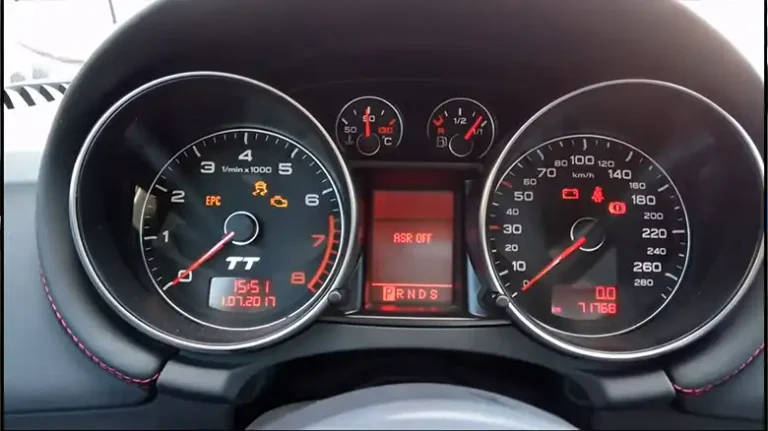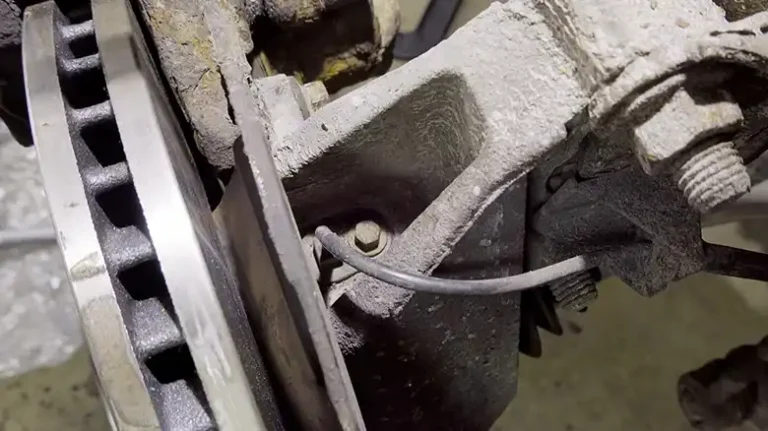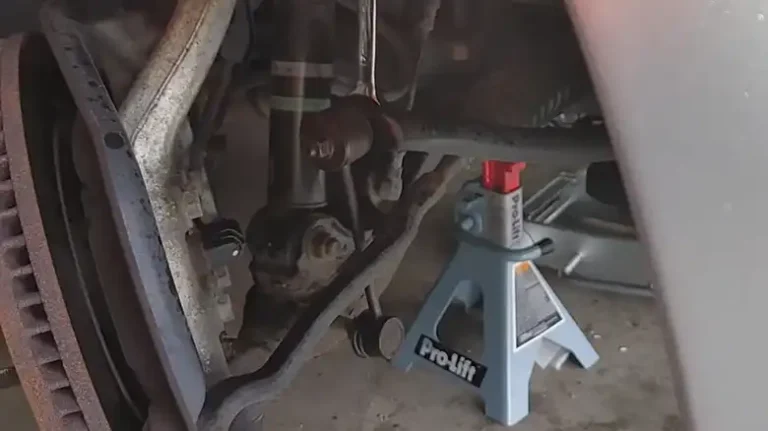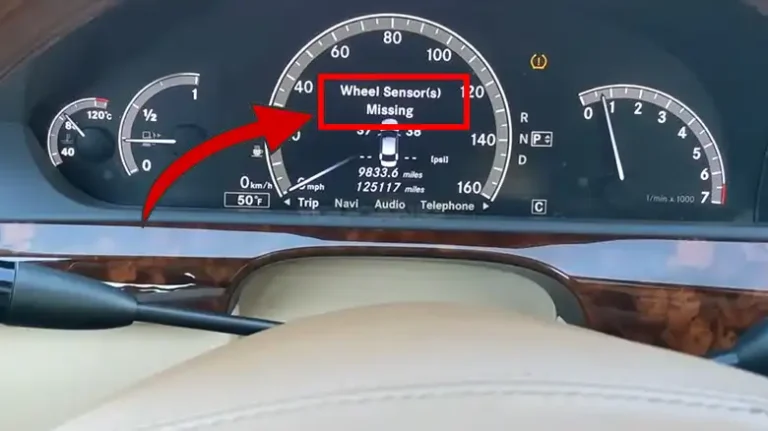What Is the Difference Between ASR And ESP? Explained
You may have heard about two auto safety features Anti-Slip Regulation (ASR) and Electronic Stability Program. As they sound almost the same, you might not identify the difference between them when you hear about these features for the first time.
Anti-Slip Regulation (ASR) and Electronic Stability Program (ESP) are two important safety features that are designed to improve the driving experience and increase the safety of vehicles. While they share some similarities in their function, there are remarkable differences between them.
In this article, we will outline the differences between ASR and ESP, including their definitions, how they work, and their pros & cons. So, read by the end of this article to get a clear concept about these two features.
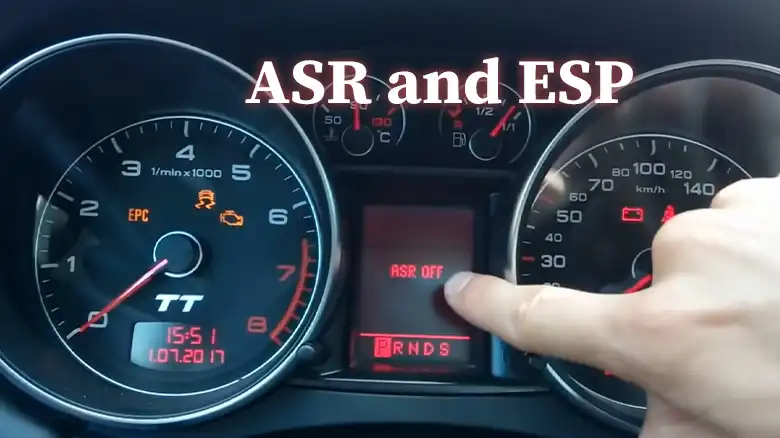
What Are ASR and ESP?
Anti-Slip Regulation (ASR) is an auto safety system that is designed to prevent the wheels from slipping when accelerating on a slippery road. It is also known as Traction Control System (TCS).

The sensors used in ASR detect the losing traction of the wheels. Whenever the wheels lose control, it reduces the engine power and adjusts brake pressure accordingly.
It improves the stability and maneuverability of a vehicle during driving on icy, snowy, or wet roads.
Electronic Stability Program (ESP) on the other hand, is also an auto safety system that is designed to prevent the vehicle from skidding or sliding out of control when taking a turn or during sudden changes in direction.

The sensors of ESP detect the speed of the vehicle, the angle of steering, and the lateral acceleration. Whenever it detects that the vehicle is about to lose control, it immediately applies breaks to individual wheels and reduces engine power to regain control.
It prevents the vehicle from spinning out or rolling over while taking a sharp turn at high speeds or making a sudden turn like swerving to avoid an obstacle.
Difference Between ASR And ESP
As you’ve already learned that both ASR and ESP are auto safety features for vehicles but for different purposes. Now let’s point out some key differences between both systems to give you more clarifications about them.
| Facts | ASR | ESP |
| Full Form | Anti-Slip Regulation | Electronic Stability Program |
| Purpose | It prevents wheels from slipping out of control. | It Prevents vehicles from skidding out of control. |
| Sensor | The sensors work on the wheel, brake, and engine of the vehicle. | The sensors work on the speed meter, steering, lateral acceleration, wheel, brake, and engine. |
| Working Mechanism | When the system detects that the wheel is slipping, it adjusts engine power and braking system to ensure maximum traction. | When the system detects sudden changes in the direction of the vehicle at high speed, it adjusts engine power and braking system to ensure maximum control. |
As you can see in the table above that the ESP uses more sensors than ASR.
ESP components include a yaw rate sensor, a steering wheel sensor, a lateral acceleration sensor, and an upgraded integrated control unit; On the other hand, ASR uses a 4-wheel speed sensor system.
Again, ASR ensures the maximum traction of the wheel and prevents wheels from slipping on a slippery road. Similarly, the ESP tracks steering movement and lateral acceleration and controls the engine power and the speed of the wheel in order to help the driver control the vehicle in critical situations.
Where ASR only controls wheel slip, ESP controls the whole vehicle dynamics. In this case, ESP uses more functions than ASR and ABS (Anti-Lock Braking system).
ASR is very useful on an icy, snowy, wet, and slippery roads. On the other hand, ESP is only necessary for critical situations. For this reason, ESP may less noticeable while driving normally on a straight road. But it is a lifesaving system.
Advantages and Disadvantages of ASR and ESP
We hope, now you’ve understood the differences between ASR and ESP, now let’s check the pros and cons for both auto safety systems below.
Pros & Cons of ASR
Here are some pros of ASR:
- It improves the stability and handling of the vehicle.
- It ensures safety and comfort while driving on a slippery road.
- It ensures maximum traction and reduces the risk of sliding and losing control.
Here are some cons of ASR:
- It may reduce the acceleration as well as the performance of the vehicle.
- It may interfere with your driving preference or style of driving.
- It may fail or malfunction sometimes.
Pros & Cons of ESP
Here are some pros of ESP:
- It can improve the handling and steering performance of the vehicle.
- It can prevent accidents by fixing oversteering in critical situations.
- It can increase the mileage of the vehicle by optimizing the engine output.
Here are some cons of ESP:
- The installation and maintenance of EPS are costly.
- You may face difficulties while drifting or off-roading as it interferes with your driving style and preference.
- It can malfunction due to software glitches or sensor errors.
Frequently Asked Questions And Answers
What’s the ASR Button For?
The ASR button is for activating the Anti-Slip Regulation system in the vehicle. It will make the wheel stable and reduce slipping while driving on a slippery road.
What Is ESP and ASR Warning Light?
ESP and ASR have a warning light. They usually flash when the vehicle loses traction and ESP or ASR is activated. Once the traction is regained and the vehicle goes back to normal, the warning lights turn off automatically.
Conclusion
Anti-Slip Regulation (ASR) and Electronic Stability Program (ESP) are both important safety features that can help improve a vehicle’s stability and handling. Although both systems use sensors to detect changes in driving conditions and adjust the vehicle’s performance accordingly, they have different primary functions and use different types of sensors. We hope, now you’ve understood the differences between ASR and ESP after reading this article. But if you still have any confusion regarding this topic, don’t hesitate to ask in our comment section.
